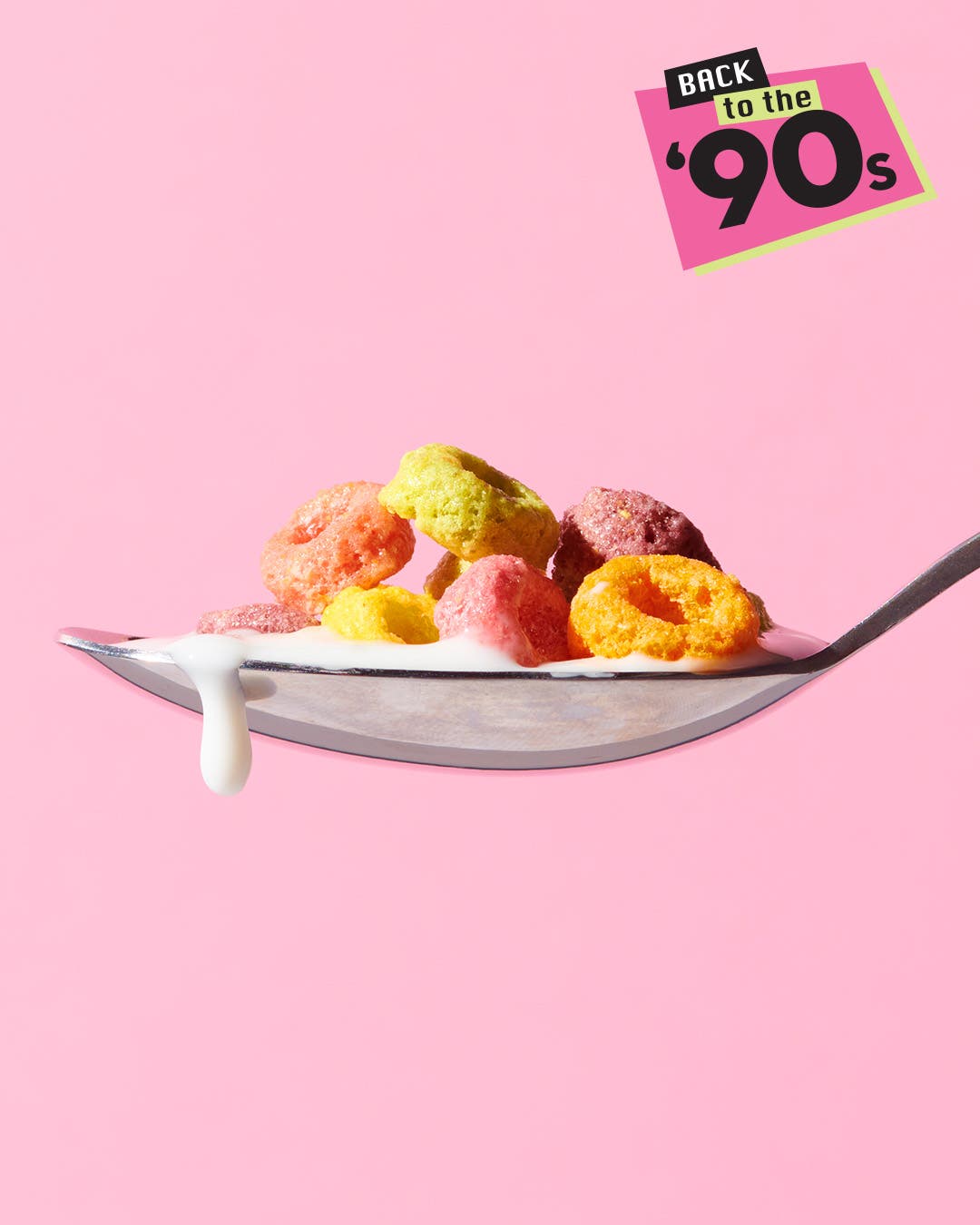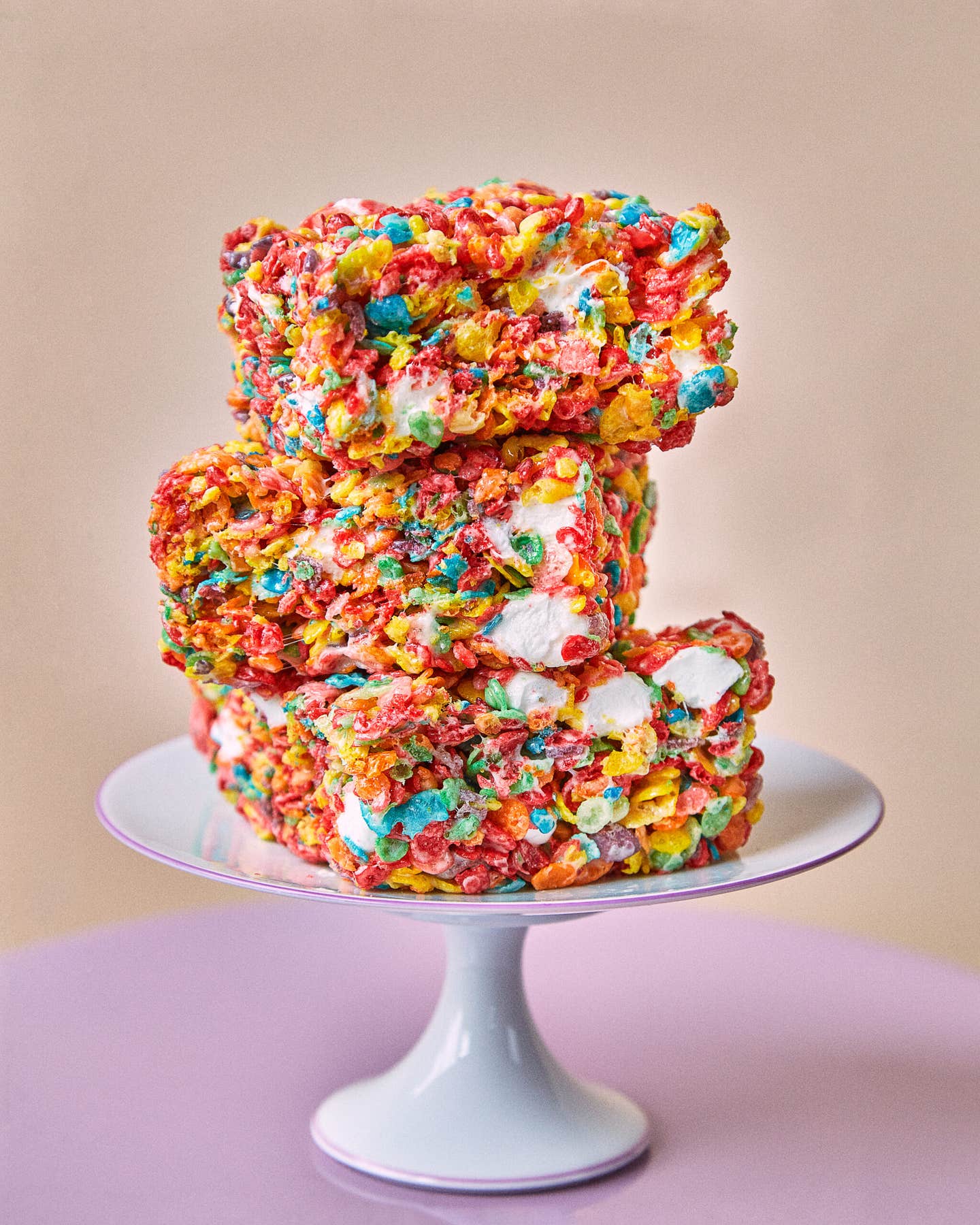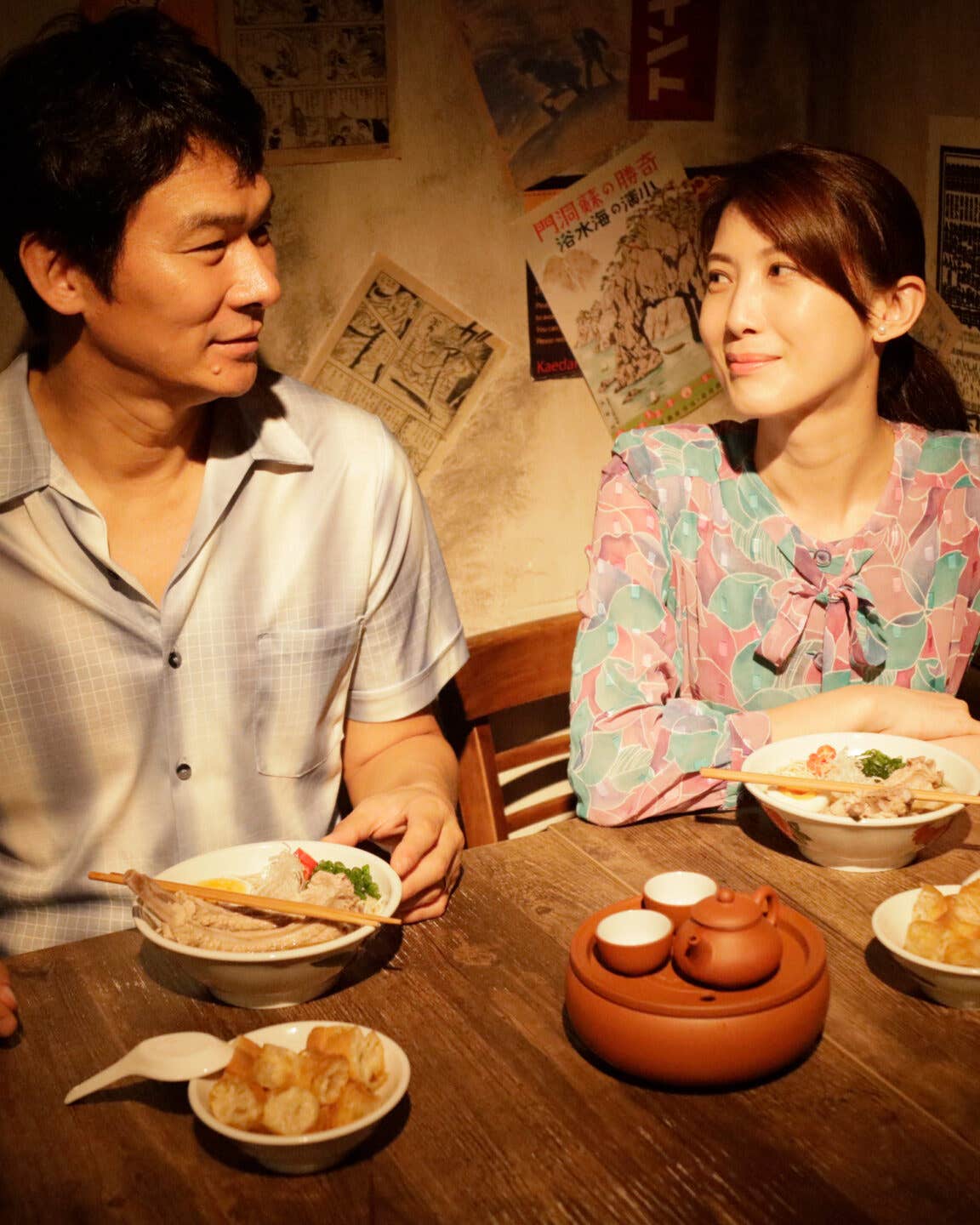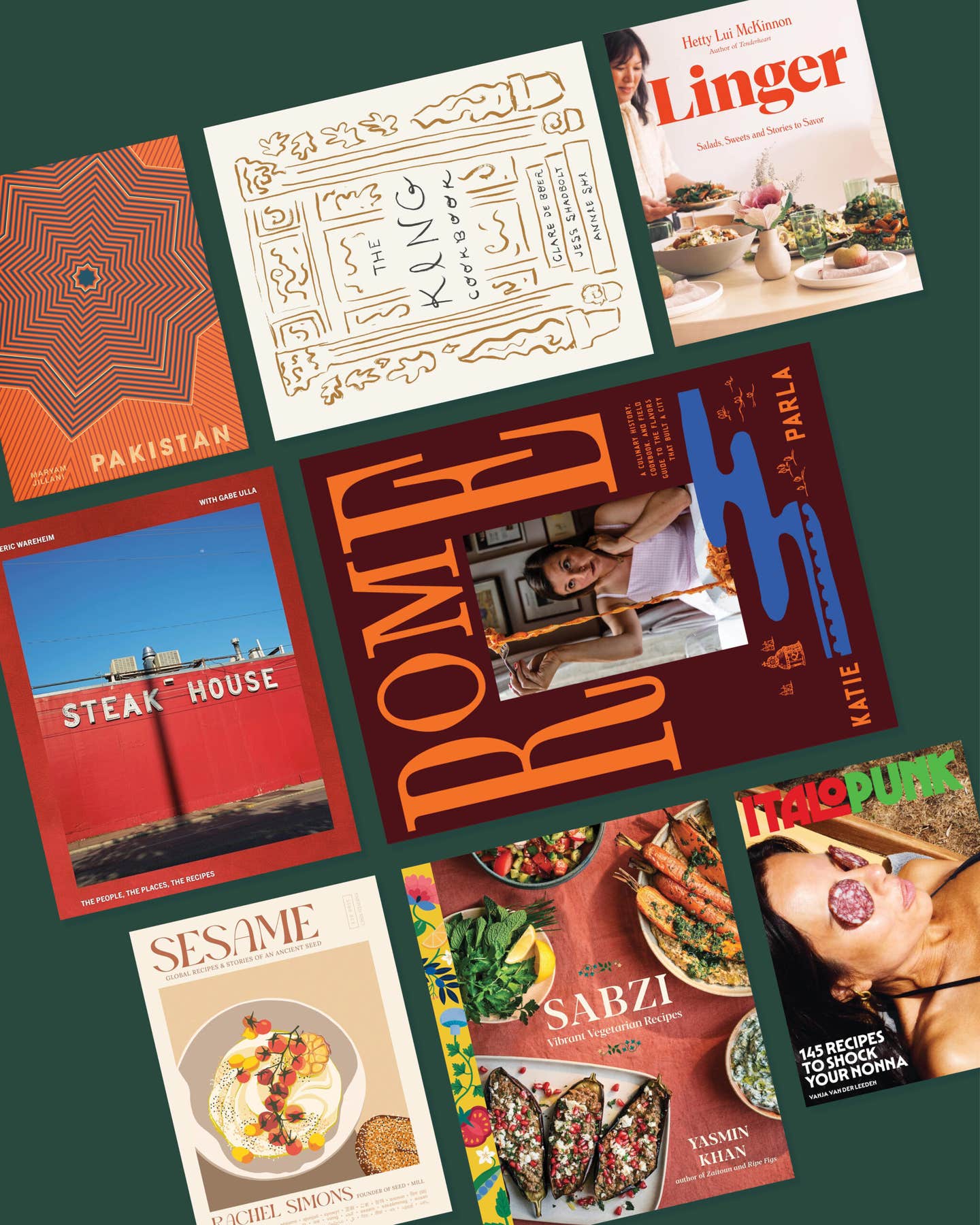Why a Bowl of Cereal Is a One-Way Ticket to ’90s Nostalgia
What is it about the breakfast staple that makes us feel cozy and secure?

Rise & Dine is a SAVEUR column by Senior Editor Megan Zhang, an aspiring early riser who seeks to explore the culture of mornings and rituals of breakfast around the world.
I’ll never forget the day my friend burst into my dorm room during our freshman year of college to tell me she’d tried the dessert to end all desserts: cereal-milk soft serve. “It tastes like the milk at the bottom of the cereal bowl!” she beamed. “It has a crushed cornflake topping!”
Cereal-milk-flavored sweets are no longer a novelty today, but in the early 2010s, the concept—popularized largely by Momofuku Milk Bar—boggled our minds. News of this intriguing dessert discovery spread quickly around our dorm floor, and the next day, a group of us headed to the shop to taste the confection for ourselves. As we licked our spoons with childlike delight, we reminisced giddily about Cinnamon Toast Crunch and Lucky Charms and Fruity Pebbles. Cereal, I realized, was universal: Though we’d grown up in different parts of the country and hailed from different cultures, our nostalgia for the sweet breakfast in a bowl was mutual.
But how did cereal become so universally beloved—and so synonymous with childhood for kids who grew up in the ‘90s?
By now, there’s little debate that sweetened cereal delivers sugar highs more than it does nutrition, so it’s ironic that the morning staple was conceived as a health food. It was in 1895 that the brothers behind Kellogg’s Corn Flakes, influenced by Seventh-day Adventist teachings encouraging moral purity, developed the revolutionary breakfast. Their goal was to help Americans “escape the corrupting forces of industrialization and overconsumption that some people felt were abundant in the mid-to-late 1800s,” explains Ashley Rose Young, a food historian at the Smithsonian’s National Museum of American History. The cereal was heavily processed, which made it easily digestible, not to mention palatable. Around the same time, Post Consumer Brands’ Grape Nuts cereal, advertised as a brain-boosting breakfast, also hit the market. By the post-World War II era, grocery shelves teemed with processed breakfast cereals. “That [period] resulted in this proliferation of shelf-stable foods,” says Young, pointing out that many were relatively high in sugar, which can be an “addictive ingredient, especially in young children.” To appeal to younger demographics as much as possible, cereal companies increasingly jazzed up their branding and advertisements with affable animal mascots and catchy slogans (“Trix are for kids!”), while reminding parents about how convenient the food was. They even proclaimed their products’ sugar content right there on the packaging with phrases like “no sugar needed” and “pre-sweetened,” as it meant consumers didn’t have to go to the trouble of adding it themselves.
Sugar’s reputation took a turn in the 1970s and 80s, when Atkins and other diet trends made low-carb eating all the rage. Brands that had previously advertised their sugar proudly now disguised it behind proclamations of how vitamin-rich and high-fiber their products were. Cereal’s image as a nutritious, convenient morning necessity began to falter. Consumption has been dropping since 1996, which means children of the ‘90s were more or less the last generation for whom cereal was the “it” breakfast.
By the time I got to college, I was aware of the insidiousness of Big Sugar, but that didn’t stop me from rediscovering the colorful breakfast cereals I’d craved as a kid. Tasked with figuring out all of my own meals without a proper kitchen, I found comfort and nostalgia—and a sense of adult freedom—in the ease and affordability of bowls of milk-soaked Reese’s Puffs. (Sorry, Mom: you stocked our family pantry with digestion-promoting bran cereals and good intentions, but during freshman year, I was living life spoonful by high-fructose spoonful.)
These days, with college far behind me, that surplus of sugar no longer holds quite the same allure. But emerging brands like Magic Spoon are offering more nutrition-minded options that cater to different dietary lifestyles: its low-sugar, keto-friendly, gluten-free flavors include cinnamon roll, frosted, and fruity (sound familiar?). There’s also the vegan and gluten-free OffLimits, which touts that its ingredients contain “nothing artificial” and taps into millennials’ cereal nostalgia with a quartet of spunky mascots. Whenever I go to Costco, I also like picking up a box of Morning Summit, which contains cranberries and whole almonds and reminds me of granola.
But sometimes a 30-second dessert in a bowl just hits the spot. As I write this, I’m munching on a bowl of Snoop Loopz, the marshmallow-studded, fruit-flavored cereal that ‘90s rap legend Snoop Dogg recently launched. And when I happen to pass by Christina Tosi’s Milk Bar in New York City, I’ll still occasionally pop in for a cup of cereal-milk soft serve—and a cornflake cookie or two for later.
Perhaps we are so fond of cereal because it’s the first thing many of us learned to “cook” and eat ourselves as youngsters. “You could just get yourself a snack, and it felt like you were in charge,” says Anna McGorman, Milk Bar’s director of culinary operations. Rooted in those fond memories, cereal-flavored sweets live on as “a nice break for people of all ages," she adds.
After a long or trying day, when I simply can’t muster the energy to chop and sauté, it’s comforting knowing there’s cereal in the pantry. It might be the easiest form of self-care there is: All you need is a bowl and a spoon.
Recipe

Keep Reading
Continue to Next Story










